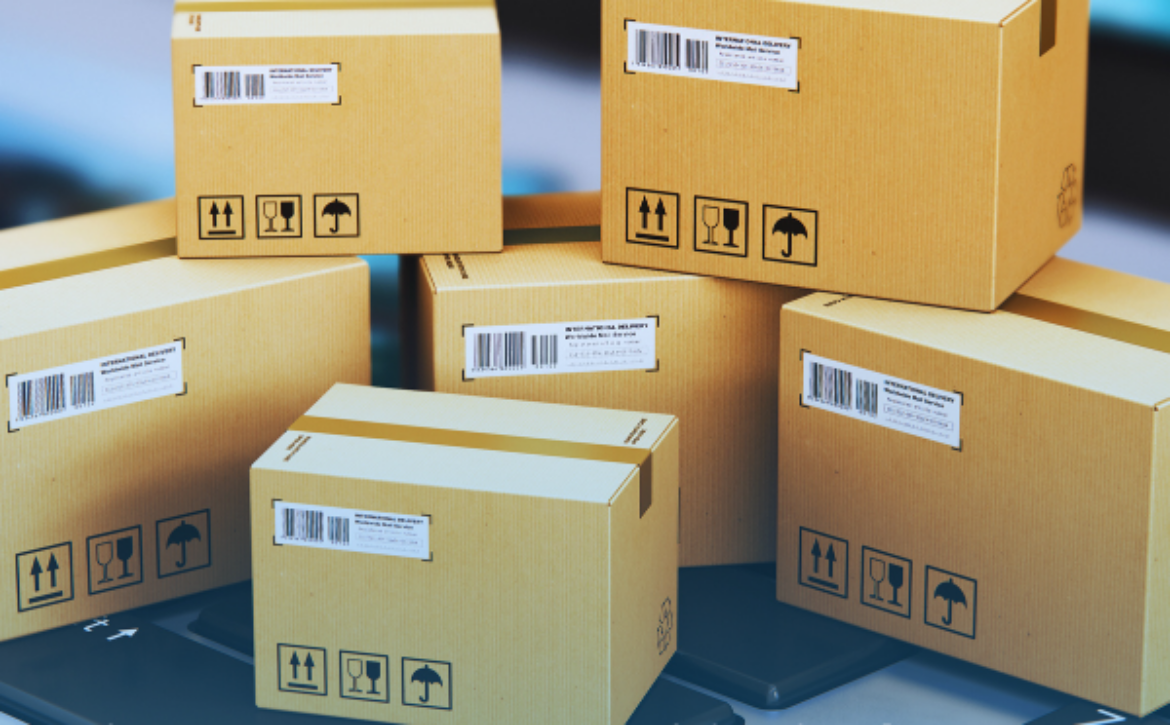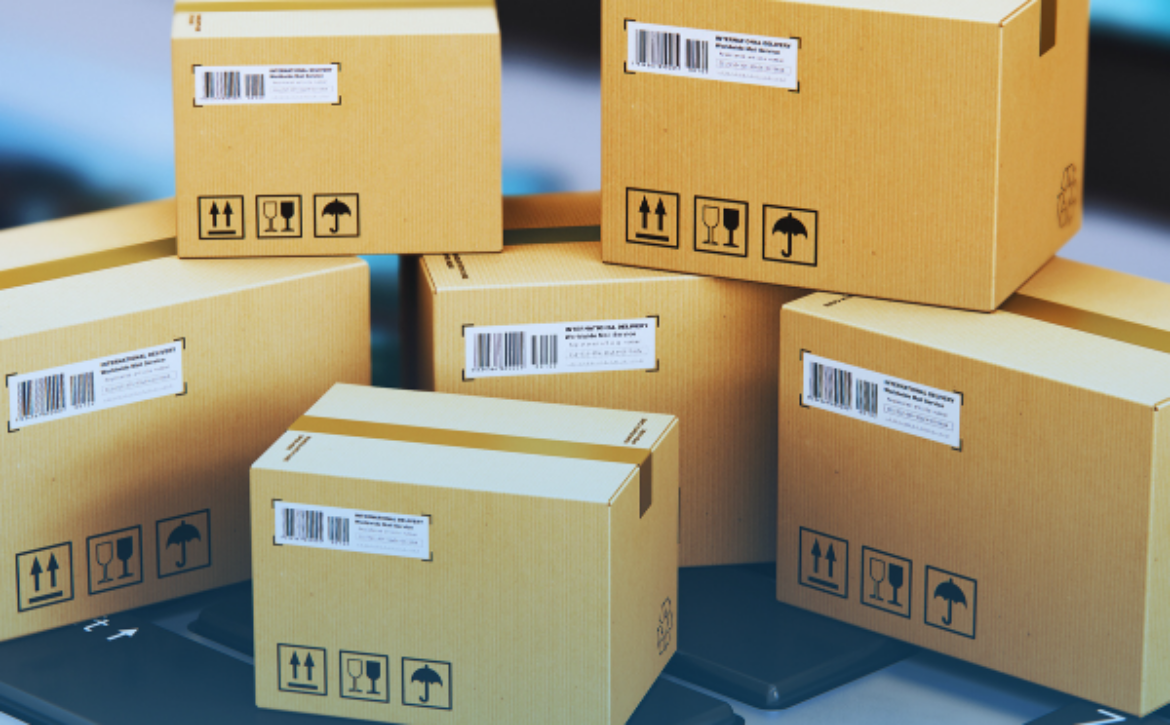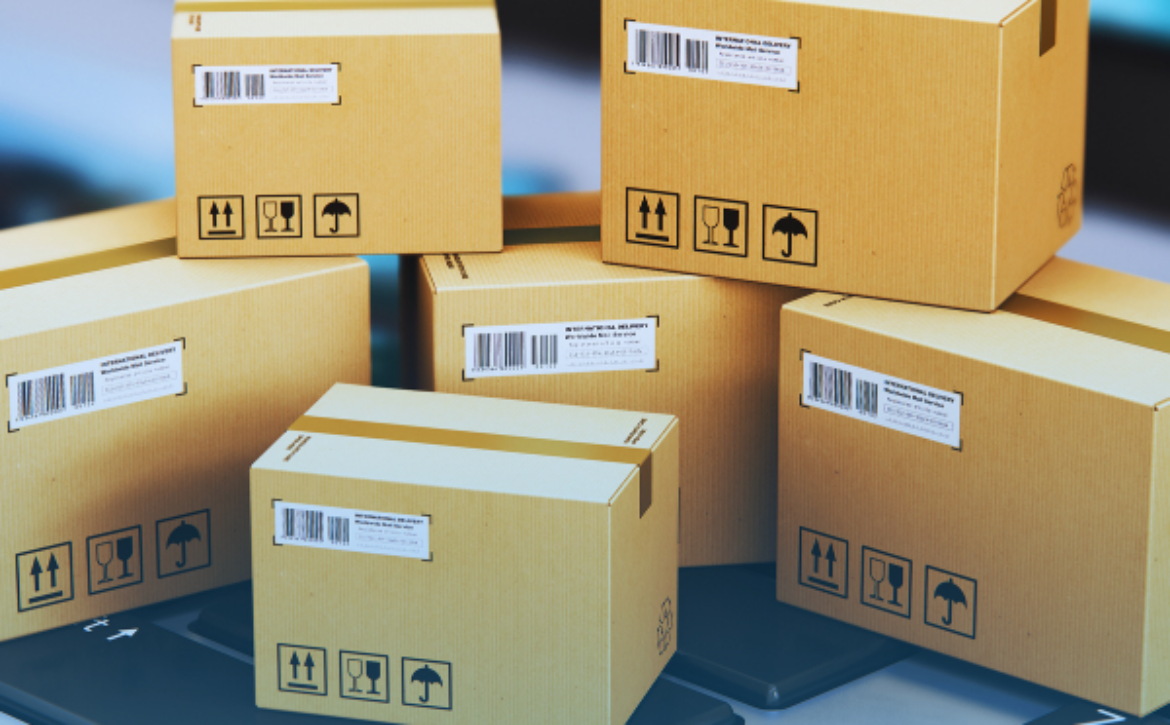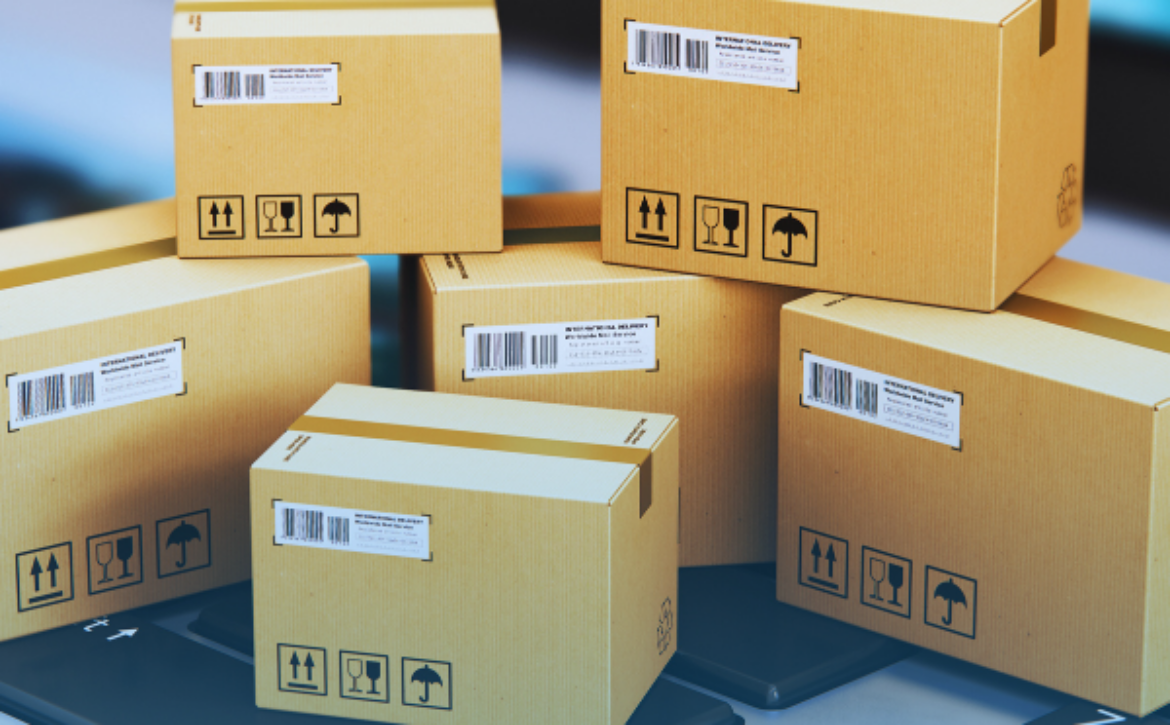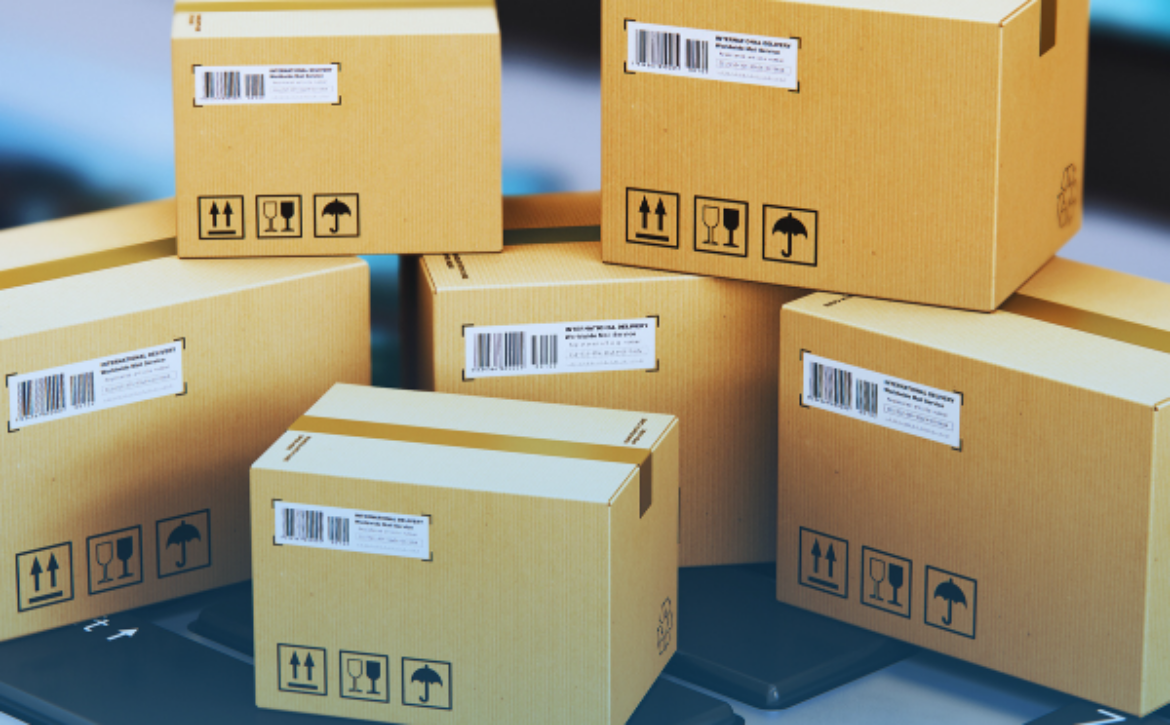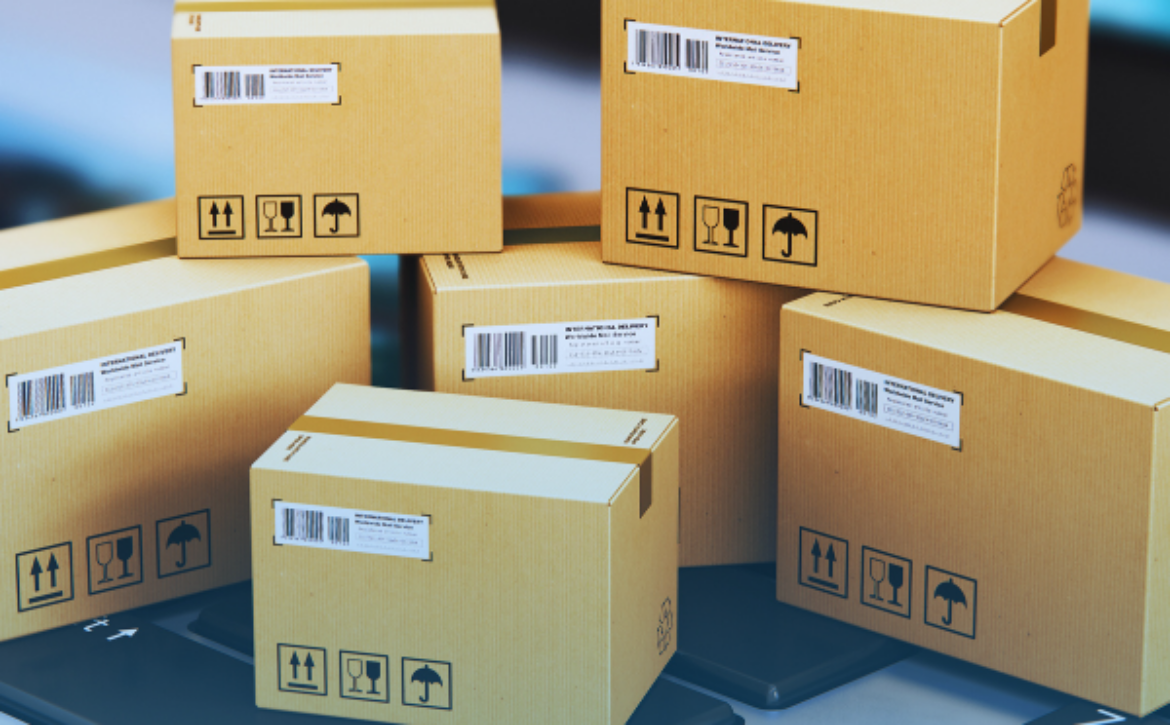Origin Cargo Management: Avoid Mistakes and Keep Your Costs Down
Origin Cargo Management is one of the modern methods that helps reduce excess inventory in your warehouse, improve local transportation, improve stock availability and lead times, freight management is concerned with a variety of operations, as selection and agreement with logistics service providers, in addition to services for route planning, Planning, controlling truck travel times, scheduling and managing freight, in addition to coordinating empty return containers, and additional freight charges can significantly affect basic shipping costs, and this is what we will cover today in this article on LOGSTIAT logistics solutions.
What Is the Origin Management?
It’s one of the strategies that helps reduce excess inventory in your warehouse, improve local transportation and improve stock availability and lead times. These services ensure comprehensive and cost-effective logistical management, as they help provide less congestion with improved local transportation. , Along with an increase in lead time with the availability of the enhanced stock.
What are cargo management services?
It is one of the effective services that help in controlling the production, shipping and distribution processes in a centralized manner. Through the supply chain management companies can reduce the surplus expenses and provide products to the consumer faster, but this requires strict control over the internal stores, production processes, and distribution channels. , Sales movement, as well as on the company’s showroom stores.
What is cargo management services provide?
There are many distinct services that can be provided by the process of managing goods, and the most prominent services of cargo management are:
- Provide a single point of contact.
- Optimizing transportation costs and transit times.
- Provide superior visibility with a single web-based platform.
- The ability to benefit from best transportation practices.
- Prepare customized supply chain reports.
- Developing and tracking key performance indicators.
- Bus performance management.
- Set up market intelligence and assist with freight purchases and negotiations.
- Reducing cost and risk in the supply chain.
- What does cargo management services include?
- Goods management services include a number of other elements, the most prominent of which are:
- Track and develop key performance indicators.
- Managing the processes related to purchase orders.
- Production and vendor management.
- Management and reservation of the facility.
- Container re-delivery management.
- Documentation Department.
- Manage the delivery at the destination.
- Create custom automated reports.
- Managing reservation and delay penalties.
What cargo management services can include?
cargo management services include a number of other elements, the most prominent of which are:
- Track and develop key performance indicators.
- Managing the processes related to purchase orders.
- Production and vendor management.
- Management and reservation of the facility.
- Container re-delivery management.
- Documentation Department.
- Manage the delivery at the destination.
- Create custom automated reports.
- Managing reservation and delay penalties.
Freight costs
It refers to the price that is incurred by the person in order for your goods to be shipped, and the cost of shipping is determined by a number of variables, such as the distance that your shipment needs, its density or volume, as well as the fuel costs and the capacity of the truck that will transport your goods.
What are surcharges?
The additional fee is an additional cost that is added to the basic cost of transporting the goods, such as service fees and handling fees, and these fees leave merchants in a state of confusion in their inability to assess the basic costs of transportation.
How surcharges affect your freight costs
Fright costs keep rising continuously, which makes merchants struggle to maintain their profit margins.
One of the most common reasons and primary sources for the continuous rise in fright costs is the additional fees imposed by shipping companies, which have a huge impact on fright costs and thus your profits as a merchant.
The process of imposing additional freight charges on shipments is one of the things that contribute to increasing shipping costs for individual goods locally and internationally, which affects the trade and exchange process in general.
How can LOGSTIAT serve you help you with Origin Cargo Management
LOGSTIAT is considered one of the best companies that provide various technical solutions for logistics services, and there is LOGSTIAT Plus, which is linked with more than 40 local shipping companies in the Kingdom of Saudi Arabia, as well as the LOGSTIAT Plus system that allows you to link with any company required in the local or international market. .
LOGSTIAT provides you with a special technology to control the size of the number of shipments for each company and for each city you choose and work through your choice of capacity, after which the bills of lading will be created automatically according to the equation that was entered, so it ensures through its full technical solutions the rapid and effective flow of goods in warehouses and centers Your distribution.
Whether in partially or fully automated features and through a single source, including all axes of supply management from warehousing, order picking, packaging and issuance of goods to supply, making it one of the best service providers that can help you in cargo management.





